Rainy Days Ahead? How to Build an Emergency Fund Without Losing Your Mind
Life has a funny way of throwing curveballs at us. One day you’re cruising along, sipping your favorite latte, and the next, your car decides to break down in the middle of nowhere. Or worse, your fridge suddenly turns into an oven, and your groceries are now a science experiment. Enter the superhero of your financial world: the emergency fund. In this blog post, we’ll dive into the art of building an emergency fund—step by step, with a pinch of humor, and a whole lot of practicality.
1. What is an Emergency Fund, and Why Should You Care?
Let’s start with the basics. An emergency fund is your financial safety net, your “oh no fund.” It’s a stash of money set aside for unexpected expenses, like medical bills, car repairs, or keeping the lights on during a job loss.
Why should you care? Because life happens, and it doesn’t RSVP. An emergency fund keeps you from spiraling into debt when Murphy’s Law strikes. Plus, it’s the ultimate stress buster. Instead of panic-Googling “how to sell a kidney legally,” you’ll have peace of mind knowing you’ve got it covered.
Think of it like this: an emergency fund isn’t just money—it’s freedom. Freedom from sleepless nights, freedom from high-interest credit card debt, and freedom to handle life’s curveballs like a pro.
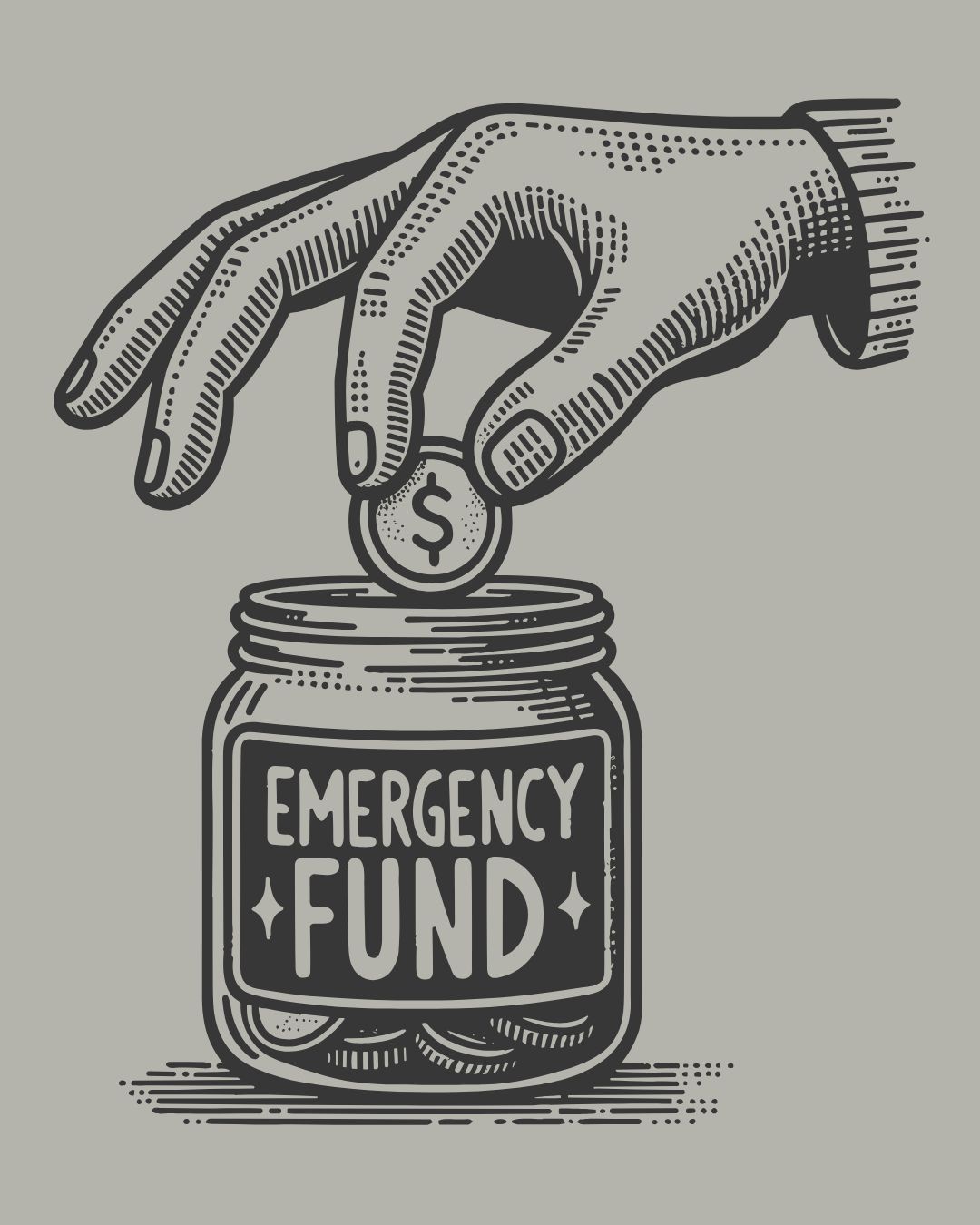
2. How Much Should You Save? The Magic Number
So, how much is enough? It depends on your lifestyle, expenses, and whether you’re a “let’s wing it” kind of person or a “plan every detail” type.
Experts typically recommend saving three to six months’ worth of living expenses. If that sounds overwhelming, don’t panic! Start small. Even $500 can make a big difference when you’re in a pinch.
Pro tip: Break it down. If your monthly expenses are $3,000, aim for $9,000–$18,000 in your fund. But don’t get discouraged by the big numbers. Remember, every dollar saved is a step closer to financial freedom.
3. Start Small, Dream Big
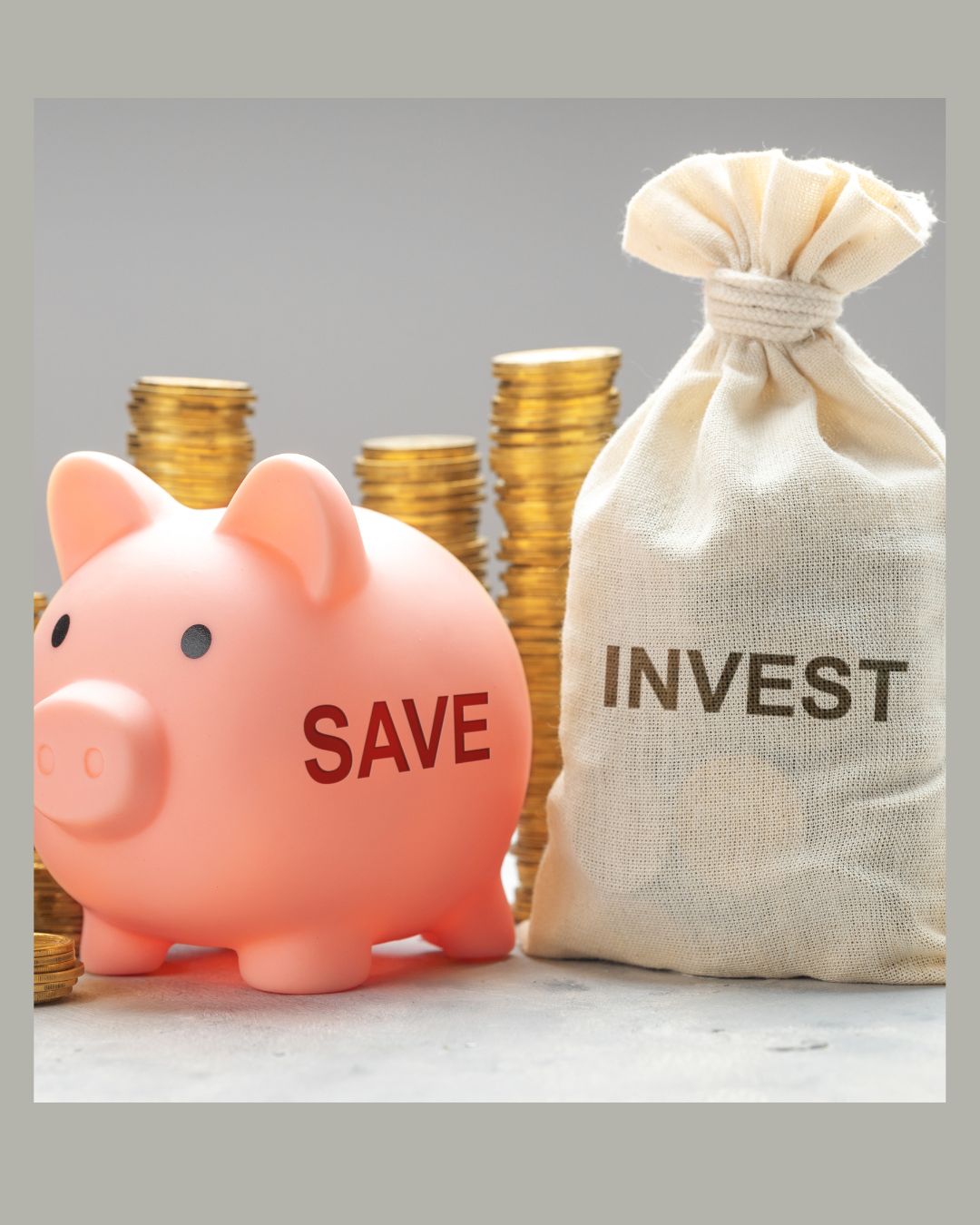
Rome wasn’t built in a day, and neither will your emergency fund. The key is to start. Save what you can, even if it’s just $20 a week.
Small amounts add up faster than you think. Thanks to the magic of consistency, you’ll be amazed at how quickly your fund grows. Plus, starting small makes the process less intimidating. It’s like planting a seed and watching it turn into a money tree.
Celebrate the milestones. Saved your first $100? Treat yourself to a home-brewed coffee and a happy dance. Hit $500? High-five yourself in the mirror. Progress, not perfection, is the goal.
4. Set It and Forget It: Automate Your Savings
If “out of sight, out of mind” is your motto, automation is your best friend. Set up an automatic transfer to a separate savings account every payday.
Why does this work? Because you won’t miss money you never see. It’s like sneaking veggies into a smoothie—it’s good for you, and you barely notice.
Use tools like your bank’s auto-transfer feature or apps designed for saving. Automation takes the guesswork and temptation out of saving, leaving you with guilt-free progress.
5. Where Should You Park Your Emergency Fund?
Spoiler alert: not under your mattress. Your emergency fund needs to be safe, accessible, and earning a little interest on the side.
The best option? A high-yield savings account like Ally. These accounts offer better interest rates than traditional savings accounts and keep your money within easy reach.
Avoid the temptation to invest your emergency fund in stocks or other volatile assets. Remember, this money is for protecting you when you need it the most.
6. Cut Costs Without Cutting Joy
Building an emergency fund doesn’t mean giving up everything fun in life. It’s about making smarter choices, not living a life of deprivation.
For example, swap your daily $7 coffee runs for homebrewed lattes. Skip the overpriced gym membership and try free YouTube workouts. Or, channel your inner chef and cook at home instead of dining out.
Think of it as a game. How much can you save while still enjoying life? Every dollar you save gets you closer to your emergency fund goal.
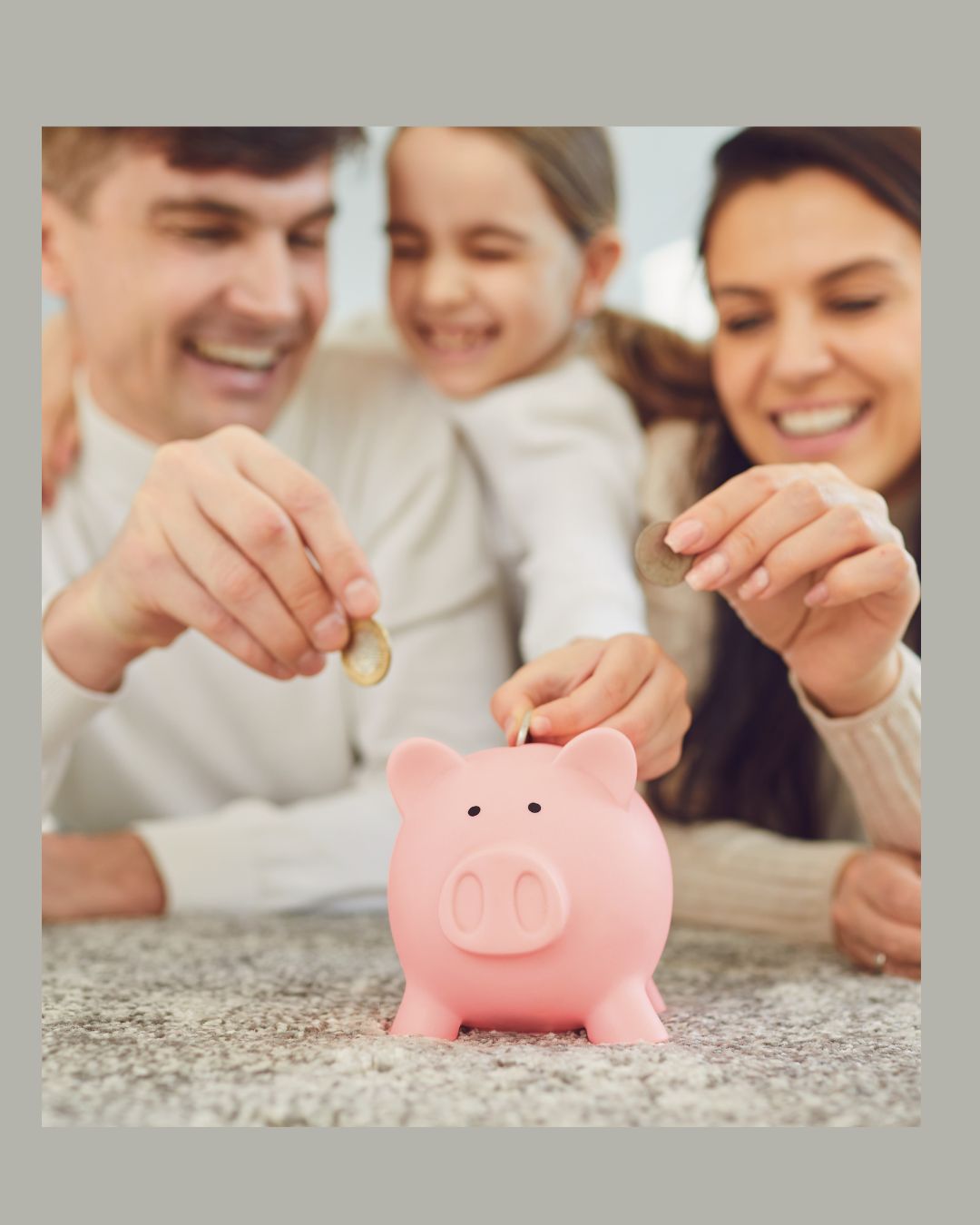
7. Side Hustle Your Way to Success
If your budget is tighter than skinny jeans after Thanksgiving, consider earning extra income. A side hustle can supercharge your savings and get you to your goal faster.
Whether it’s freelancing, selling handmade crafts, or walking dogs, the options are endless. Pick something you enjoy and make it work for you. Bonus points if it doesn’t feel like “work.”
Use your side hustle income exclusively for your emergency fund. Watching your balance grow will motivate you to keep going.
8. Track Your Progress (and Celebrate It!)
There’s something magical about watching your emergency fund grow. Use a tracker—whether it’s a fancy app, a spreadsheet, or a printable thermometer chart—to keep tabs on your progress.
Seeing the numbers go up is incredibly motivating. Plus, it turns saving into a fun challenge. Can you beat your savings goal for the month?
Don’t forget to celebrate every milestone. Reaching $1,000 is a big deal, so treat yourself to something small and meaningful. You’ve earned it!
9. Stay Disciplined, But Flexible
Life is unpredictable, and that’s okay. The key is to stay disciplined with your savings while allowing room for adjustments.
If an emergency pops up and you need to dip into your fund, don’t beat yourself up. That’s what it’s there for! Once the crisis passes, focus on rebuilding.
Remember, saving is a marathon, not a sprint. Be patient, stay consistent, and keep your eye on the prize.
10. The Ultimate Reward: Peace of Mind
At the end of the day, building an emergency fund isn’t just about money—it’s about peace of mind. It’s about knowing you can handle whatever life throws your way without breaking a sweat.
An emergency fund gives you the confidence to face challenges head-on. It’s a reminder that you’re in control of your financial future, no matter what.
So, start today. Take that first step, no matter how small. Your future self will thank you. Let me know which step you’re on.
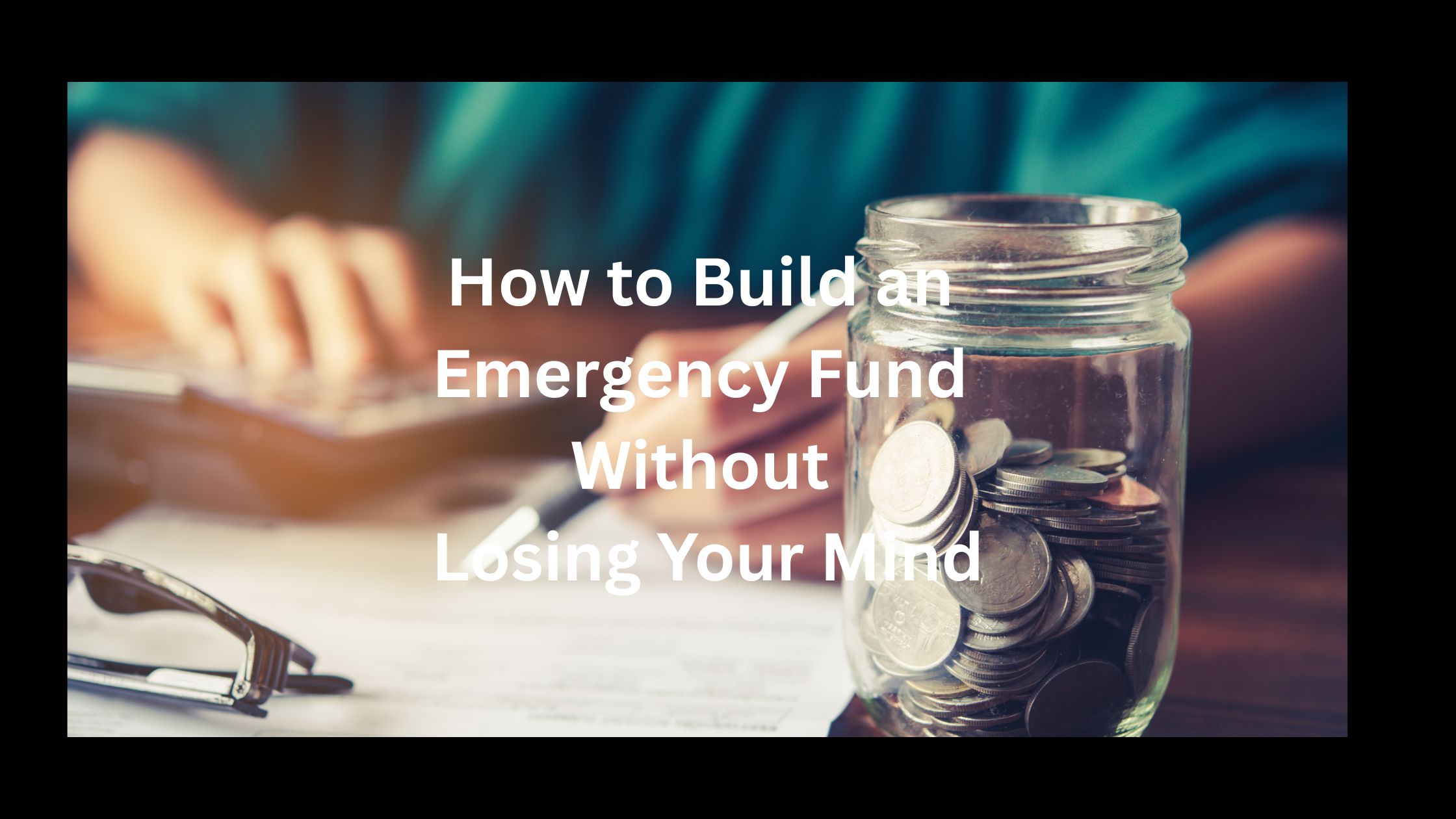
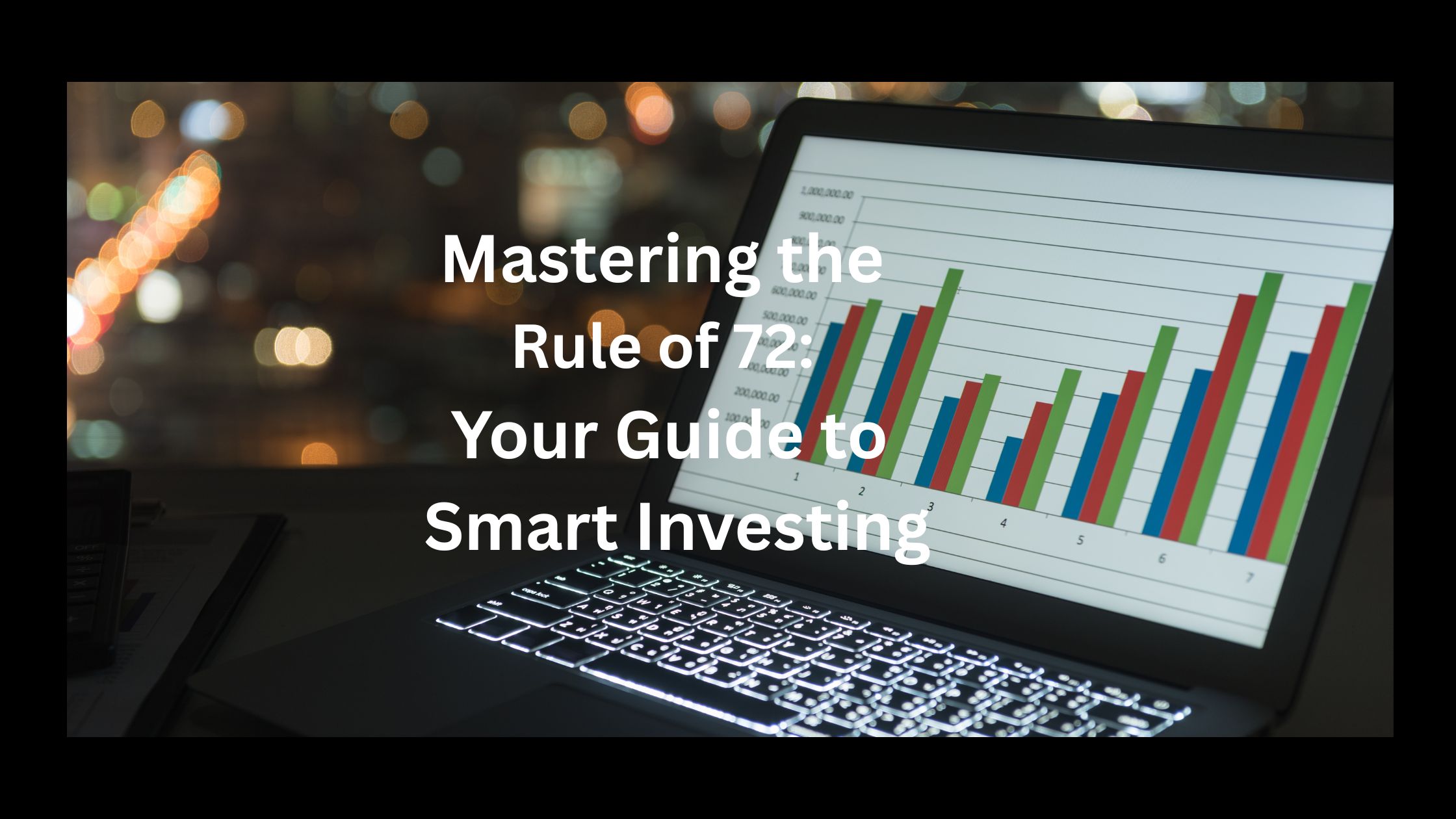
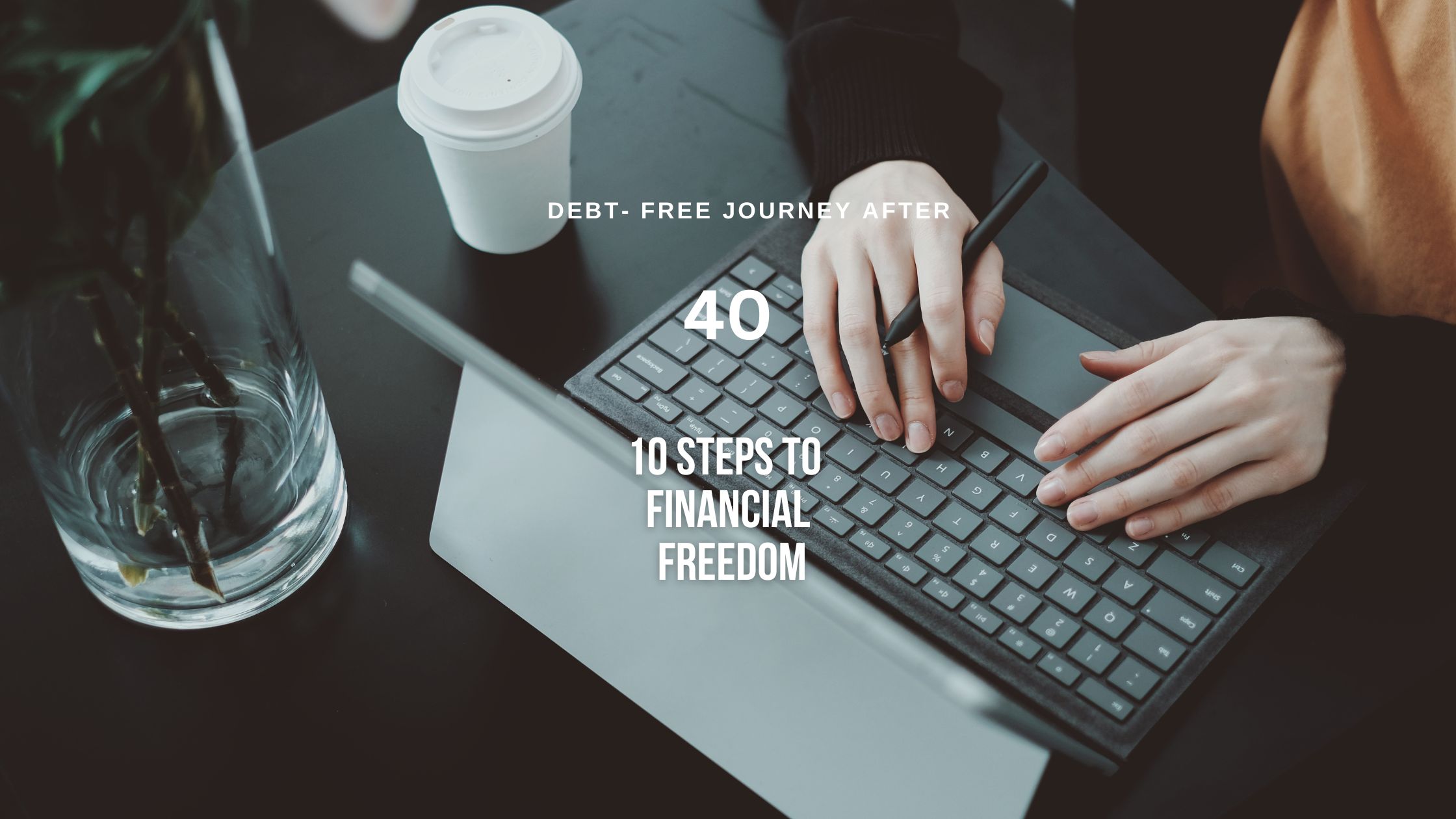

Leave a Reply